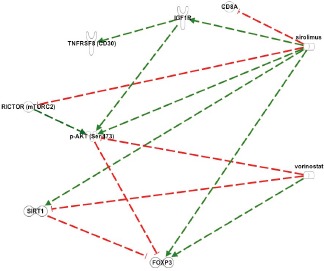Figure 3. Key interactions modulated by sirolimus and vorinostat in Hodgkin's Lymphoma.

Dashed lines: indirect interactions. Red coloration/t-bar: downregulation: Green coloration/arrow: upregulation. The rationale for combinatorial therapy with vorinostat and sirolimus (rapamycin) is refected in the potential for both the blunting of adaptive responses of the lymphoma process to rapamycin alone and also the beneft of combinatorial therapy to effect functional and expanded T regulatory cells to address an immune dysregulation. For example, rapamycin can, in the short term, result in increased phosphorylative activation of p-Akt on serine 473 by removing the feedback inhibition of IGF-1R pathways signaling through mTORC2. This is countered by vorinostat through the activation of protein phosphatase (PP); the action of the latter leads to dephosphorylation of Akt, including on serine 473. Additionally, rapamycin has been shown to upregulate Sirt1 expression and activity and this would be moderated by the inhibitory effect of vorinostat on Sirt1 at both the genomic and functional level. Moreover, because the actions of rapamycin and vorinostat result in the expansion and function of Foxp3 T regulatory cells, their use in combination should converge on righting any immune dysregulation.
